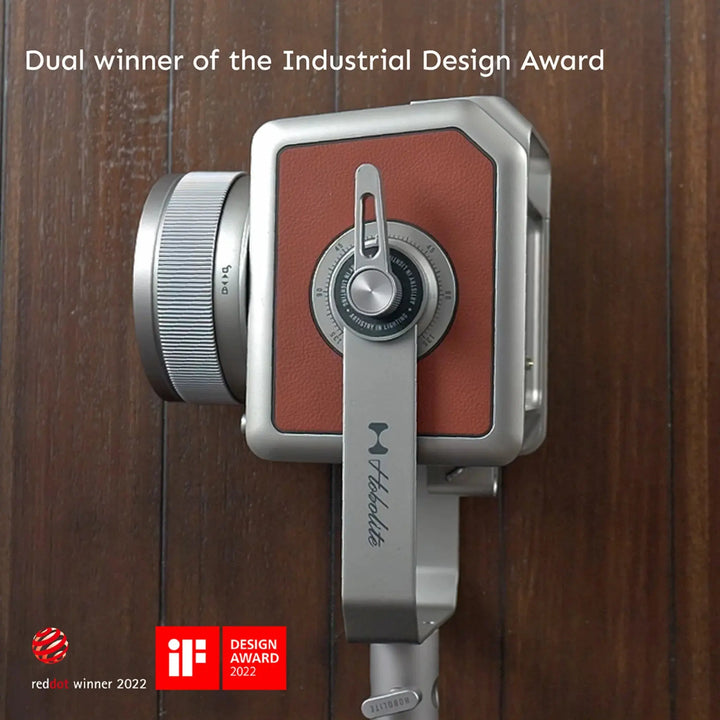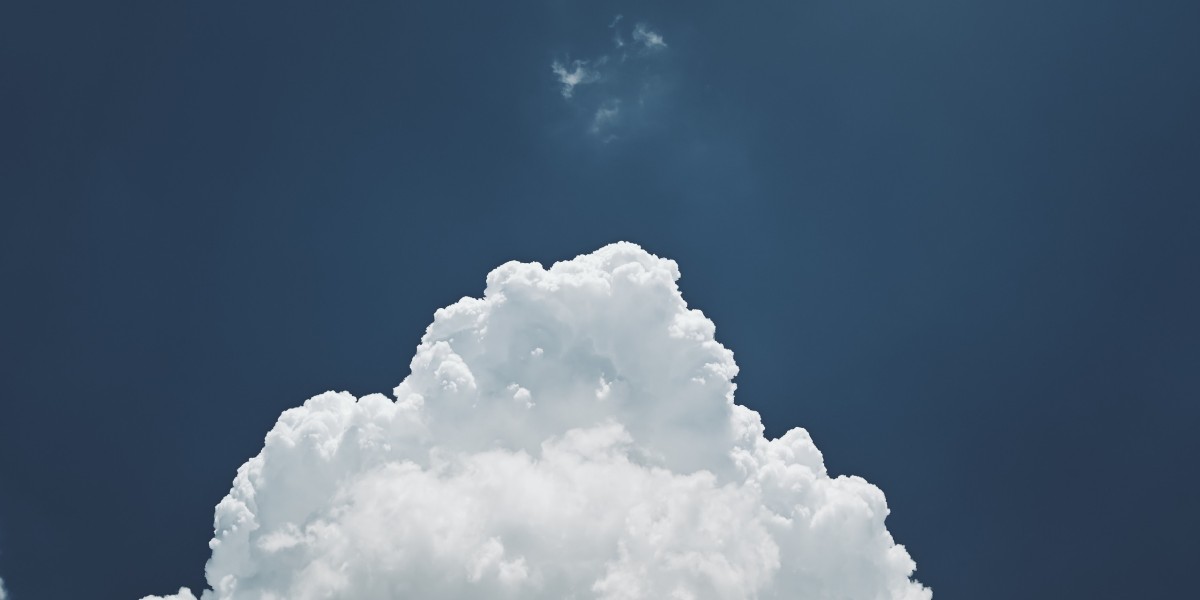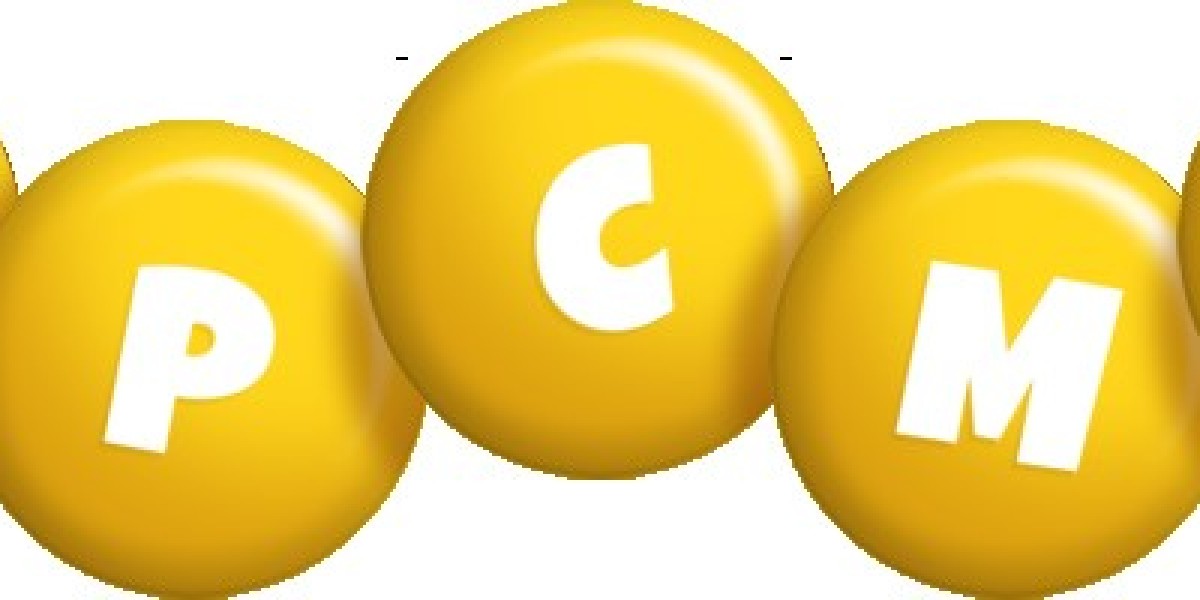Unlock the Secrets of Studio Lighting: Transform Your Photography Game!
Studio lighting is a game-changer in the world of photography, playing a crucial role in determining the quality and mood of your images. Whether you're a budding photographer or a seasoned pro, mastering studio lighting can significantly elevate your work and help you create stunning visuals. This article aims to explore various types of studio lighting setups and techniques, offering insights into how each can enhance your photography. From understanding the basics of lighting to delving into specific techniques for different photography styles, we will unlock the secrets that can transform your photographic skills and open new creative avenues.

Understanding Studio Lighting
Studio lighting refers to the artificial light sources used in a controlled environment to illuminate subjects for photography. Its significance lies in its ability to create mood, highlight textures, and define shapes within an image. Different lighting conditions can dramatically affect the outcome of a photograph; for instance, soft light may create a flattering effect for portraits, while harsh light can enhance details in product photography. Understanding how to manipulate light is essential for photographers who wish to evoke specific emotions or convey particular narratives in their work. The interplay of shadows and highlights can transform a simple image into a captivating story, making studio lighting an invaluable tool in any photographer's arsenal.
Types of Studio Lighting Setups
There are various types of studio lighting setups, each serving a unique purpose in photography. Key lighting is the primary source of light, providing the main illumination for the subject. Fill lighting complements the key light by softening shadows and adding depth to the image. Backlighting creates dramatic effects by illuminating the subject from behind, while hair lighting, often used in portrait photography, highlights the subject's hair for a more polished look. Each of these lighting techniques can be combined and adjusted to achieve the desired outcome, allowing photographers to tailor their setups to specific styles and artistic visions.
Key Lighting
Key lighting is fundamental in studio photography as it serves as the primary light source. Positioning the key light effectively can dramatically change the mood of your photos. For instance, placing the key light at a 45-degree angle from the camera can create a natural, three-dimensional effect, while a frontal setup may yield a flatter look. Experimenting with the distance and intensity of the key light can also help achieve different effects, allowing photographers to adapt their approach to suit various subjects and styles.
Fill Lighting
Fill lighting is essential for reducing harsh shadows created by the key light. This secondary source of light is typically softer and less intense, strategically placed opposite the key light. By balancing the fill light with the key light, photographers can maintain the depth of their images while ensuring that details in the shadows remain visible. A personal experience I had was during a friend's portrait session, where we discovered that even a slight adjustment in fill lighting transformed the subject's face, revealing the intricate details that would have otherwise been lost.
Backlighting
Backlighting offers a unique artistic approach, as it illuminates the subject from behind, creating a halo effect that can add drama to your photos. This technique is particularly effective for capturing silhouettes or enhancing the texture of hair and clothing. To achieve backlighting, you can position the light source behind the subject and adjust its intensity to control the desired effect. A well-executed backlighting setup can leave viewers in awe, inviting them to explore the story behind the image.
Hair Lighting
Hair lighting is a specialized technique often used in portrait photography to add a touch of elegance and definition to a subject's hairstyle. By placing a light source above and slightly behind the subject, you can create a soft glow that accentuates the hair's texture and movement. This technique can be particularly beneficial for fashion photography, where the hair plays a crucial role in the overall composition. Implementing hair lighting can elevate your portraits, lending an air of sophistication and polish.
Lighting Techniques for Different Photography Styles
Different photography styles require distinct lighting techniques to achieve the desired aesthetic. In portrait photography, techniques like Rembrandt lighting and butterfly lighting are popular for their unique effects. For product photography, softboxes and reflectors can help highlight the features of the product, ensuring it stands out. Meanwhile, fashion photography often employs dramatic lighting techniques, utilizing high contrast and colored gels to create striking visuals. Understanding these techniques allows photographers to adapt their lighting setups to suit the specific demands of each style.
Portrait Photography Techniques
In portrait photography, lighting techniques such as Rembrandt lighting—named after the famous painter—create a characteristic triangle of light on the subject's cheek, adding depth and intrigue. Butterfly lighting, on the other hand, casts soft shadows under the nose and chin, producing a more glamorous look. To achieve these effects, positioning the key light at the appropriate angle is critical. By mastering these techniques, photographers can create portraits that not only capture the subject's likeness but also convey their personality and emotion.
Product Photography Techniques
When it comes to product photography, the goal is to showcase the product in the best light possible. Techniques involving softboxes help to diffuse the light, minimizing glare and creating an even illumination that highlights the product's features. Reflectors can also be used to bounce light back onto the product, ensuring that every detail is visible. During a recent product shoot for a friend's handmade jewelry line, we found that experimenting with different lighting setups made a significant difference in how the intricate details of the pieces were captured.
Fashion Photography Techniques
Fashion photography often thrives on dramatic lighting techniques that convey a sense of high fashion. Techniques such as high contrast lighting create bold shadows and highlights, accentuating the clothing and model's features. Additionally, colored gels can be used to add vibrancy and mood to the images, creating a striking visual impact. By understanding how to manipulate these techniques, photographers can elevate their fashion photography and make their subjects truly stand out.
Mastering Studio Lighting for Stunning Results
In conclusion, mastering studio lighting is essential for any photographer looking to improve their skills and create stunning images. From understanding the various types of lighting setups to exploring specific techniques for different photography styles, the knowledge gained can significantly enhance your photographic journey. As you experiment with these techniques, remember that practice is key. Don't hesitate to try new setups and learn from each session. The world of studio lighting is vast and full of creative possibilities waiting for you to uncover!








